From the examination of those opposing attempts which aim to bring architecture back into the realm of discourse, we have come to single out the role of the architectural discourse, thereby seriously questioning the place and scope of those attempts.
Our statement concerning the role of criticism as the violation of the object in question now becomes clear.

And criticism thereby explicitly moves its inquest from a specific task to the structure that conditions the total meaning of the object.
Thus we abandon the object itself and move into the system which, in itself, gives meaning.
We can add, however, that they are cast-offs of a production system which must; (a) renew its forms, submitting to peripheral sectors of professional organizations the task of experimenting with new models (in fact it would prove useful to follow the way in which the new form models, brought forth by the isolated form-makers, are to be introduced into mass production); (b) bring together a highly differentiated public by assigning the role of "vestals of the discipline" to figures whose task is to preserve the concept and role of architecture as a traditional object, an object that preserves intrinsic qualities of communication.
Some of these questions have already been answered in our discussion.
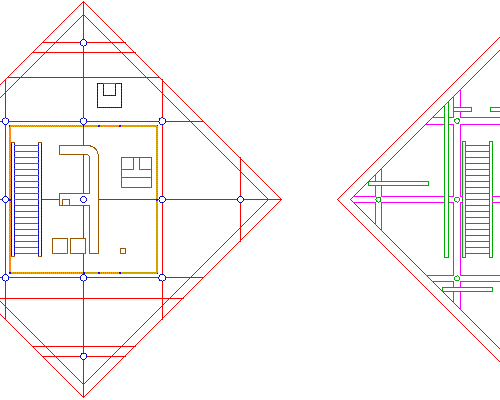
What is their role within the present day production system?
What are the contexts and structures within which they operate?
| |
The questions criticism must now ask are: What makes such studies and research possible?
Yet we have not escaped the hermetic play of language.
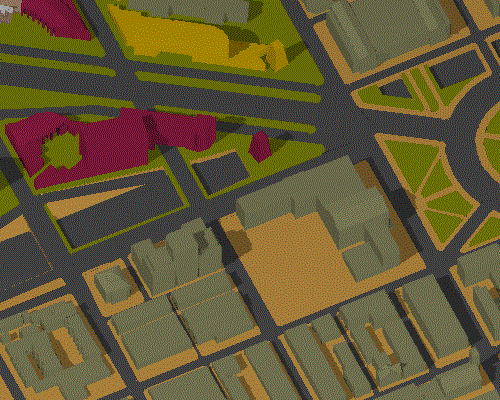
Such contradictions are actually theorized in the work of Kahn since the mid-fifties.
On the other hand, the "orders of discourse" are an attempt to go beyond this impasse and propose a foundation for a new statute of architecture.
On the one hand, as with the Enlightement utopia, such attempts are destined to reveal that liberty serves only to make a silence speak; that is, one cannot bring voluntary action to oppose a structure.
To regain an "order of discourse" may today prove to be safeguard for certain subjective liberties--particularly after its destruction by the avant-garde through questioning the techniques of mass information and with the disappearance of the work of art into the assembly line. There are two contradictions, however.
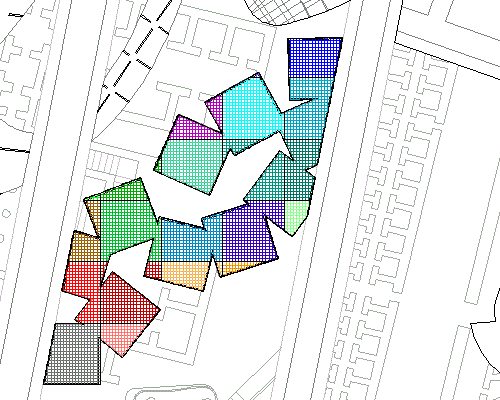
That is, the utopia of Eros in Sade--resolved withinthe discovery that maximum freedom springs forth from maximum terror--where the whole is inscribed with the supreme constraint of a geometric structure in the narrative.
"There, where the stake is sex, everything must speak of sex."
| |
And not only because we find ourselves faced with an "architecture of cruelty," as the works of Stirling and Rossi have demonstrated with their cruelty of language-as-a-system-of-exclusions, but also because the magic circle drawn around linguistic experimentation reveals a pregnant affinity with the structural rigor of the literature of the Marquis de Sade.
It is possible to speak of these acts as an "architecture dan le boudoir."
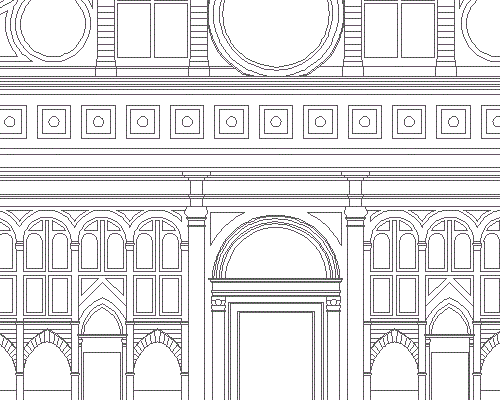
Yet there is little doubt that there exists a widespread attitude that is intent on repossessing the unique character of the object by removing it from its economic and functional contexts and highlighting it as an exceptional event--and hence a surrealistic one-by placing it in parentheses with the flux of objects generated by the production system.
We do not believe in the artificial "New Trends" within contemporary architecture.
Obviously the problems of criticism lie elsewhere.
In the face of such products, the task of criticism is to begin from within the work only to escape from it as soon as possible so as not to be caught in the vicious circle of a language that speaks only of itself.
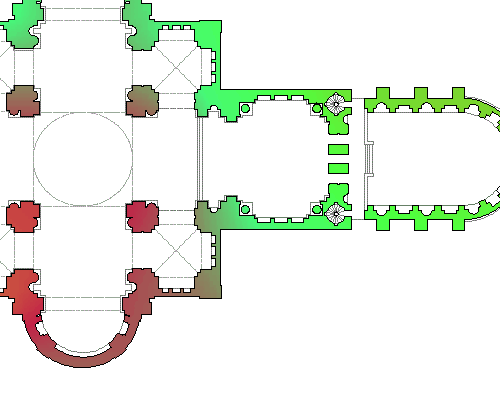
To dissect and rebuild the geometric metaphors of the "compositional rigorists" may prove to be an endless game which may eventually become useless when, as in Eisenman's work, the process of assemblage is altogether explicit and presented in a highly didactic manner.
Today then, a highly specialized analysis of an architecture, strongly characterized by linguistic sense, can have only one result--a tautology.
|





